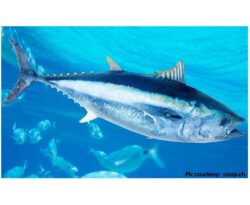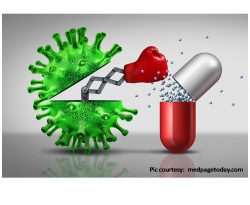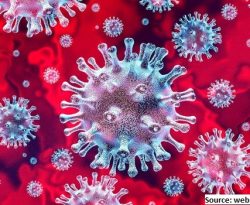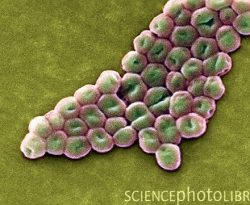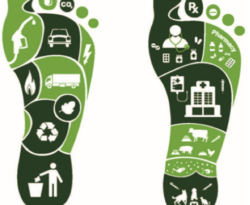Antibiotic Resistance and Virulence Gene Characteristics of Methicillin-Resistant Staphylococcus aureus (MRSA) Isolated from Healthy Edible Marine Fish
Methicillin-resistant Staphylococcus aureus (MRSA) is a major pathogen that causes severe multidrug-resistant infections in animals and humans. The S. aureus infection can be minor skin infections to life-threatening conditions like bacteremia, endocarditis, meningitis, toxic shock syndrome, pneumonia, and osteomyelitis. Although the MRSA was found in humans and other animals in…



